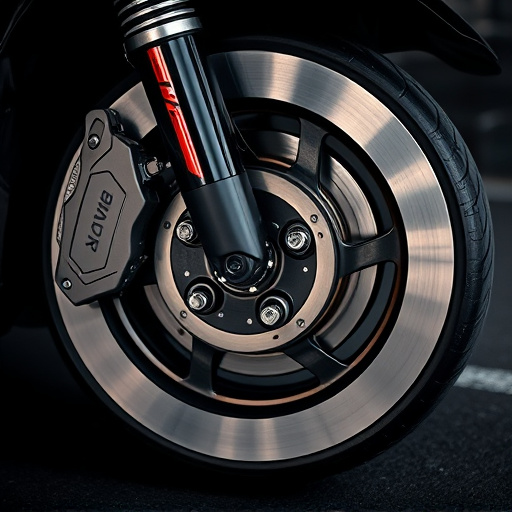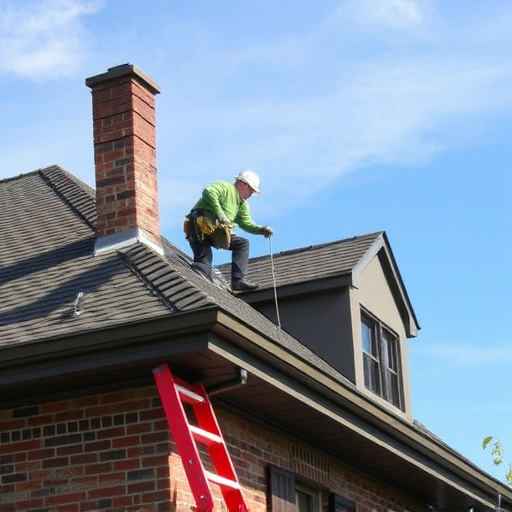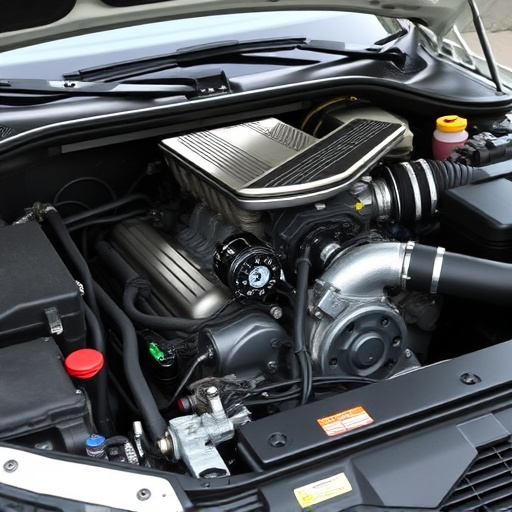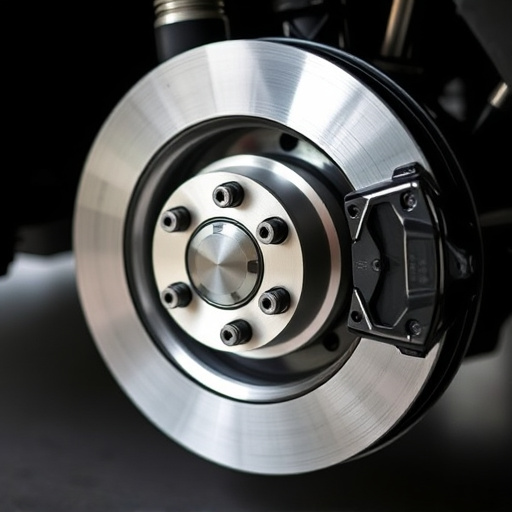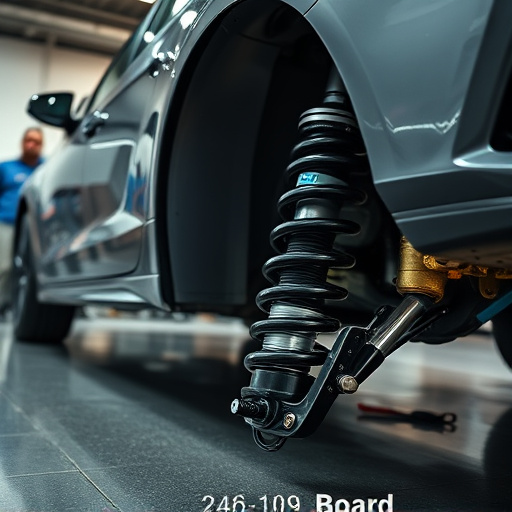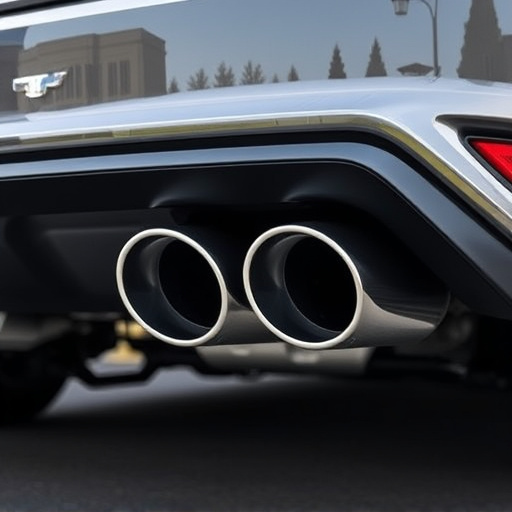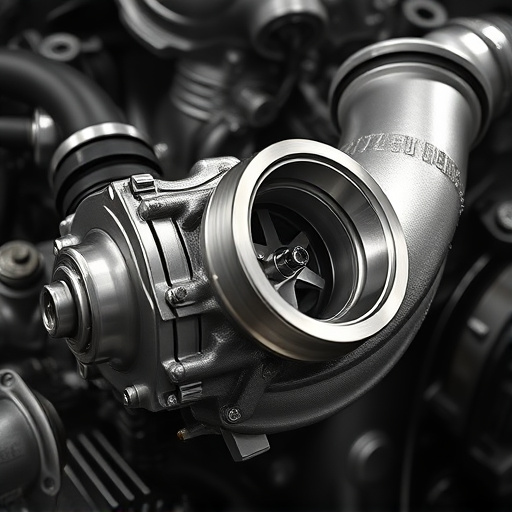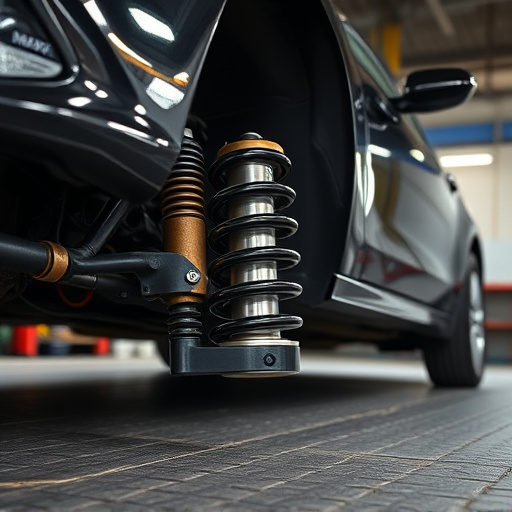Selecting compatible muffler intake parts is crucial for successful installation. Beginners should avoid generic kits and consult experts to meet unique vehicle needs. Correct techniques, tools, and attention to detail are vital to prevent inefficiencies and safety hazards. Prioritize safety with proper gear and knowledge, considering vehicle limitations and manufacturer guidelines to avoid damage or warranty issues.
During a muffler intake installation, several common mistakes can compromise performance and safety. This guide highlights three critical areas to focus on: understanding part compatibility, mastering assembly techniques, and prioritizing safety precautions. By avoiding these pitfalls, you ensure a seamless and secure fit, enhancing your vehicle’s efficiency and prolonging its lifespan. Key considerations for successful muffler intake installation are at your fingertips.
Misunderstanding Part Compatibility
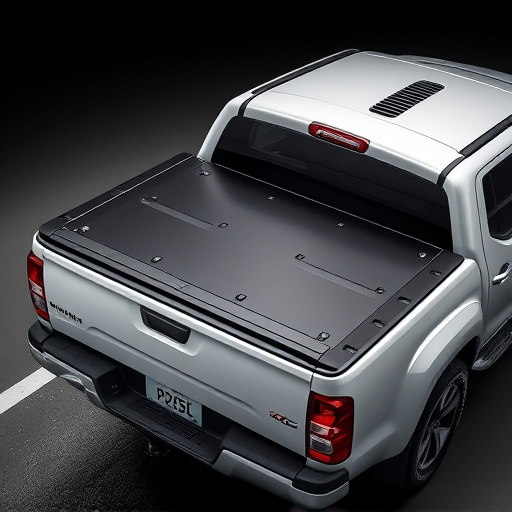
When attempting a muffler intake installation, one common pitfall is mistaking part compatibility. It’s crucial to understand that not all intake systems are created equal, and selecting the right components for your vehicle is key to optimal performance. Many beginners might assume that purchasing a generic intake kit will suffice, but ignoring the unique requirements of their car can lead to inadequate fitment and potential safety hazards.
Part compatibility involves considering factors like vehicle make, model, year, and even engine type. For instance, a standard muffler intake designed for daily drivers might not be suitable for high-performance vehicles equipped with coilover kits or performance brakes. Similarly, ignoring the specific requirements of a performance exhaust system could result in reduced efficiency and potential damage to other components during installation. Therefore, thorough research and consultation with experts are essential steps before acquiring parts for a muffler intake installation.
Incorrect Assembly Techniques
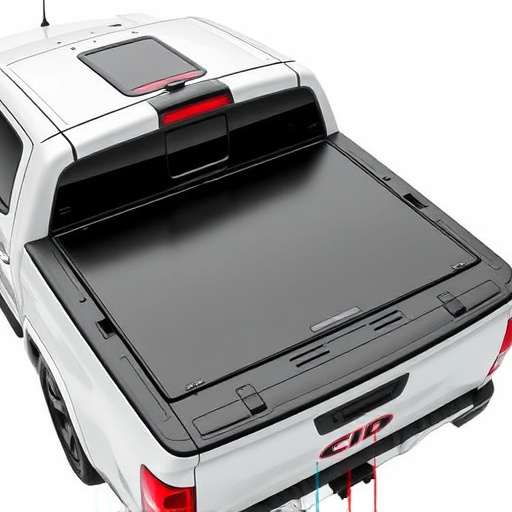
When tackling a muffler intake installation, it’s crucial to understand that incorrect assembly techniques can lead to not only inefficiencies but also potential safety hazards. One common mistake is using the wrong tools or applying excessive force during the process. Each component of the muffler intake system has specific requirements for fitting and sealing, which require precision rather than brute strength. Using inappropriate tools can cause damage to delicate parts or result in poor connections that compromise the integrity of your exhaust systems.
Another frequent blunder is neglecting the sequence of assembly. Following a vehicle’s service manual ensures optimal airflow and proper performance exhaust. Disregarding the correct order of installation can hinder the efficient flow of gases, reducing the overall performance of your muffler intake and potentially affecting engine power. Remember, attention to detail during the muffler intake installation process is key to avoiding these pitfalls and ensuring a seamless, high-performance setup.
Overlooking Safety Precautions
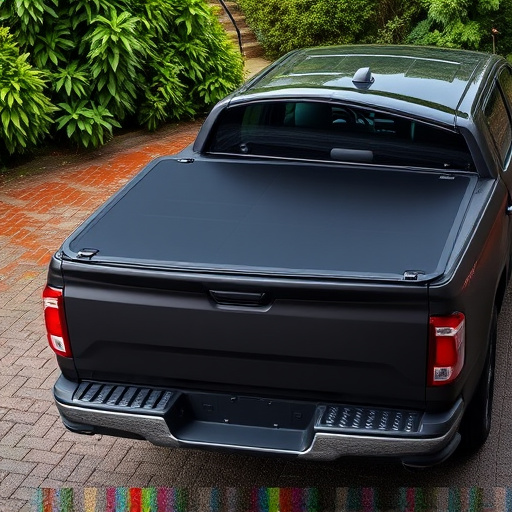
When undertaking a muffler intake installation, safety should never be an afterthought. Many DIY enthusiasts get caught up in the excitement of enhancing their vehicle’s performance and forget about the potential hazards involved. Failing to prioritize safety precautions can lead to serious accidents, injuries, or even worse, damaged property. Before beginning any modification process, ensure you have the necessary tools, equipment, and knowledge to handle the task safely. This includes wearing appropriate protective gear such as gloves, goggles, and a respirator mask to shield yourself from harmful substances like dust, debris, and toxic fumes that may be released during the installation.
Moreover, it’s crucial to understand your vehicle’s specific requirements and limitations. For instance, not all cars are designed for high-flow exhaust tips or performance air filters, which can compromise structural integrity if not installed correctly. Similarly, improperly fitted air intake systems could disrupt engine balance, affecting overall performance. Always refer to the manufacturer’s guidelines and consult with professionals if you’re unsure about any aspect of the muffler intake installation process to avoid making costly mistakes that could void warranties or lead to long-term mechanical issues.
When tackling a muffler intake installation, being aware of common pitfalls is key to ensuring a smooth and effective process. By understanding part compatibility, employing correct assembly techniques, and prioritizing safety precautions, you can avoid potential issues and optimize your vehicle’s performance. Remember, a well-executed muffler intake installation not only enhances exhaust flow but also contributes to a safer driving experience.




